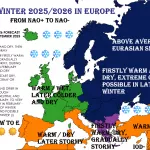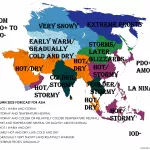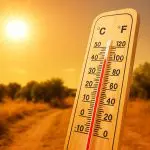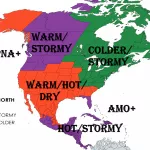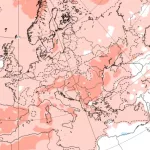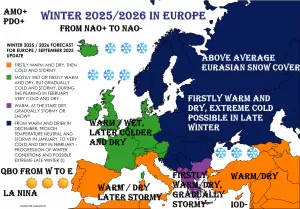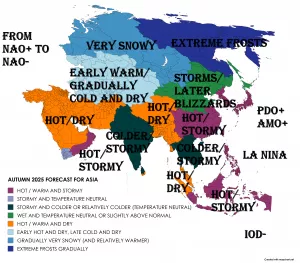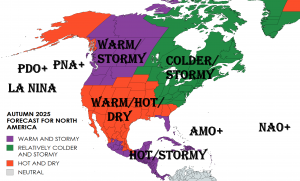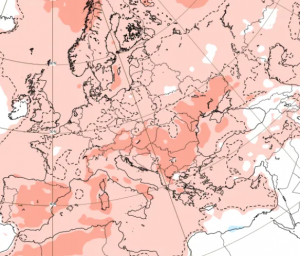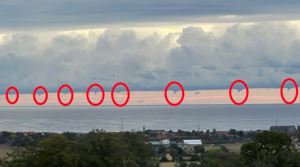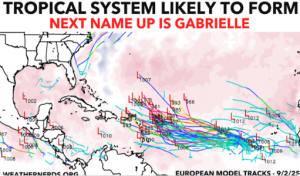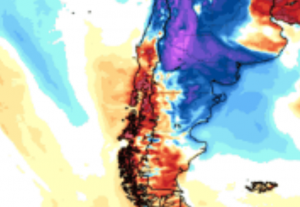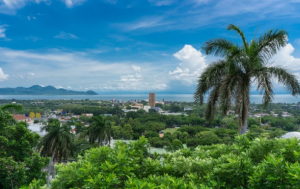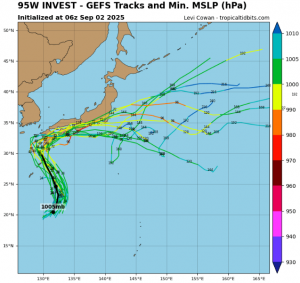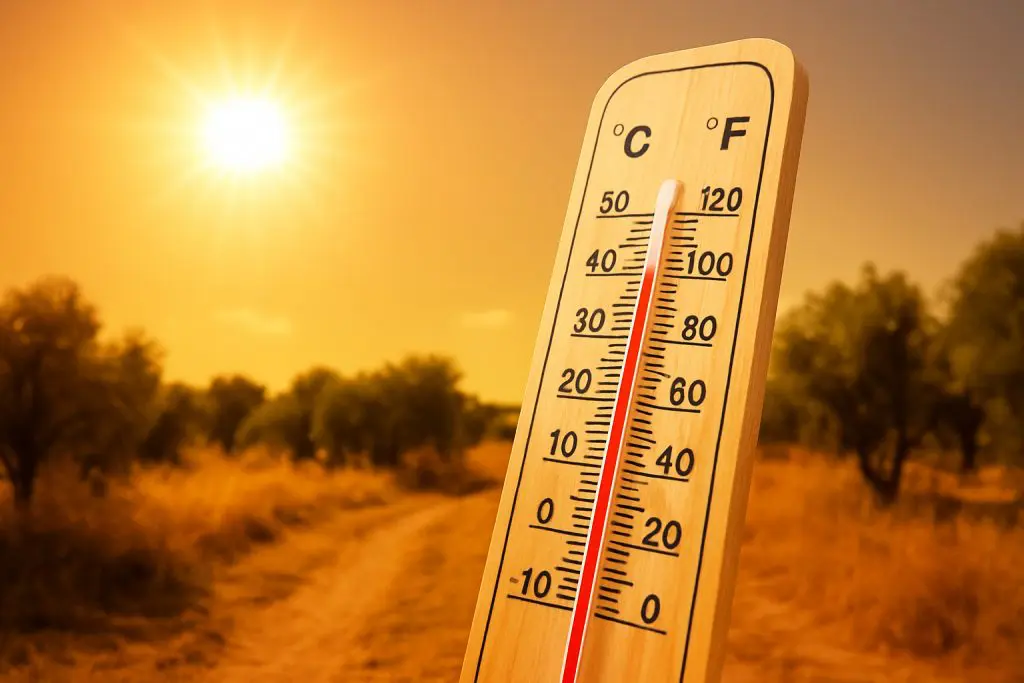
A late-summer heat dome has engulfed British Columbia and the Pacific Northwest, shattering September temperature records and raising wildfire risks across the region. On September 4th, British Columbia tied the Canadian national record for highest September temperature, while Spokane, Washington, soared to 37 °C (99 °F) on both September 1st and 2nd—marking its hottest early September days on record. Dozens of other communities across interior B.C. and the U.S. Northwest reported all-time highs for the month, underscoring the persistence of this unusual heat dome. Such extremes are particularly striking given that September normally ushers in cooling conditions across the region.
Meteorologists attribute the ongoing episode to a stagnant ridge of high pressure that has locked warm, dry air over western Canada and the U.S. Pacific Northwest. This atmospheric pattern mirrors the deadly “heat dome” of 2021, though its duration and timing are unique. In British Columbia, where wildfire season was already active, the blistering conditions combined with tinder-dry vegetation to worsen fire behavior and trigger new flare-ups. Air quality advisories blanketed multiple provinces and U.S. states as wildfire smoke merged with stagnant air, trapping pollutants over metropolitan centers.
The impacts of this record-breaking heat have been widespread. Health authorities in British Columbia reported surges in emergency calls related to heat stress, while cooling centers were opened in cities such as Vancouver, Kamloops, and Spokane to protect vulnerable populations. In Spokane, the back-to-back 37 °C (99 °F) days placed severe strain on power grids as residents turned to air conditioning in a season when such demand is typically tapering off. Across the border in Alberta, wildfire smoke thickened skies and disrupted regional flights, underscoring how widespread the heat’s secondary effects have become.
Government responses have been swift yet cautious. Local leaders urged residents to limit outdoor activity, while Canada’s Environment and Climate Change ministry issued prolonged extreme heat alerts. Emergency crews in British Columbia remain on high alert as temperatures are expected to stay well above normal for several more days. In Washington State, health officials encouraged businesses and schools to prepare contingency plans in case the heat extends longer into September than forecast. Public concern has also turned toward water supplies, with reservoirs under additional strain due to increased evaporation and consumption.
Looking ahead, forecasters predict that the heat dome will gradually weaken as Pacific storm systems begin to shift eastward later in the week. However, the broader outlook remains concerning: September 2025 has already tied or broken dozens of long-standing records in both the U.S. and Canada, and meteorologists caution that climate change is likely making late-season heatwaves more intense and frequent. For the Pacific Northwest, the events of early September are another reminder of the growing volatility of seasonal transitions in a warming climate.

